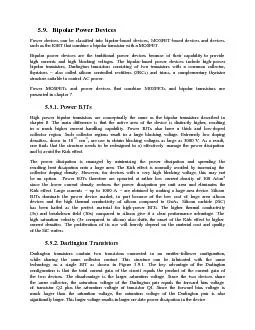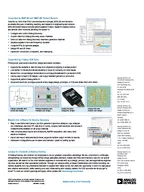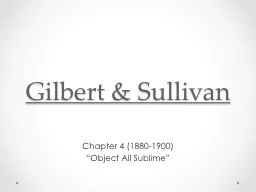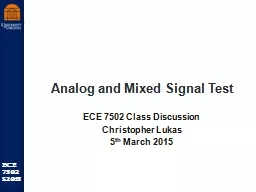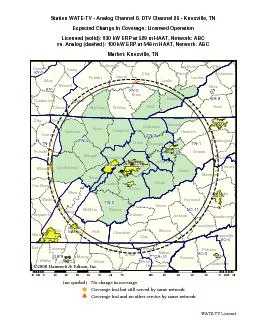PPT-Barrie Gilbert Analog Devices
Author : alexa-scheidler | Published Date : 2020-01-25
Barrie Gilbert Analog Devices B i CMOS and CMOS B AND G AP R EFERENCES PLEASE READ THIS BEFORE ATTENDING The following notes are provided mainly for study ahead
Presentation Embed Code
Download Presentation
Download Presentation The PPT/PDF document "Barrie Gilbert Analog Devices" is the property of its rightful owner. Permission is granted to download and print the materials on this website for personal, non-commercial use only, and to display it on your personal computer provided you do not modify the materials and that you retain all copyright notices contained in the materials. By downloading content from our website, you accept the terms of this agreement.
Barrie Gilbert Analog Devices: Transcript
Download Rules Of Document
"Barrie Gilbert Analog Devices"The content belongs to its owner. You may download and print it for personal use, without modification, and keep all copyright notices. By downloading, you agree to these terms.
Related Documents


